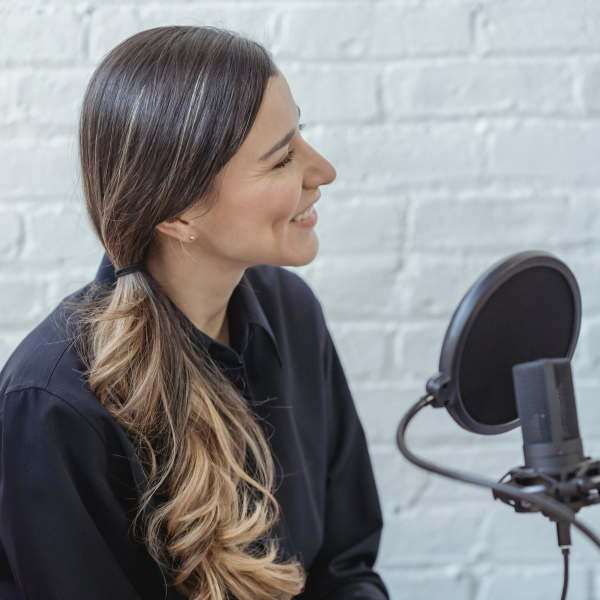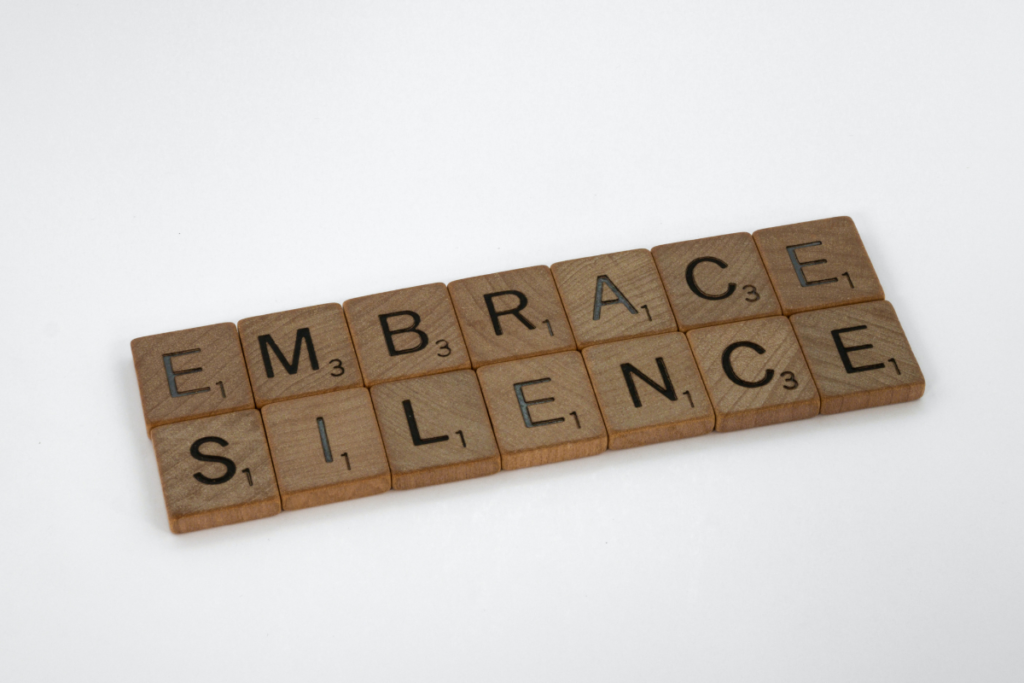Pointers for more powerful pauses

Want to sound more truthful, natural, and authentic in your videos? Master the art of the pause.
Pauses, or brief periods of silence between spoken words, are natural and often unintentional. By naturally slowing the rate of speech and allowing both the listener and the speaker time to process new information, pauses naturally support a natural, effortless conversational flow.
Pauses are also associated with more truthful speech, per research from Columbia University. It isn’t surprising, then, that pauses are proven to help recorded speech—which includes videos—sound more conversational and authentic.
But not all pauses are created equal; ever hear a painfully long pause in conversation or a speech filled with uncomfortable “ums” and “uhs”? Pauses that are too plentiful, too long, or filled with placeholders like “um” can weaken your communication by making you appear nervous or unprepared, and making it harder for listeners to understand you.
To help you polish your pauses, read on for a primer on this powerful public speaking tool.
Types of pauses
Silent pauses

Silent pauses, or pauses in speech with no vocal activity, are the most intuitive, natural type of pause. Because silent pauses naturally occur during nearly every spoken conversation, listeners expect them—without any pauses, speech sounds stilted and robotic.
When used stylistically and with purpose, silent pauses give your video dialogue an air of poise and professionalism. However, silent pauses can also indicate nervousness and a lack of preparation, particularly when a speaker appears to be hesitating or holding his or her breath. Frequent pauses make a speaker appear stressed, rushed, or ill-prepared, according to Journal on Audio, Speech, and Music Processing.
Filled pauses
Any pause filled with vocalizations that don’t contribute to your sentence— “um,” “uh,” and “er” come to mind—are called filled pauses. These types of pauses are nearly universal and seen across different languages. In China, you might hear “那个” (nèi ge), while Polish speakers tend to use yyy/yh and mmm, but the effect is the same: breaking up long utterances, communicating emotions, and lending speech a casual, unrehearsed air.
Occasional filled pauses aren’t necessarily problematic. In fact, filled pauses can show spontaneity, excitement, and authenticity. These types of pauses only pose a problem when they’re too frequent—and for many English speakers, they are. Research shows that some inexperienced English speakers use filled pauses up to 20 times per minute.
Breath pauses
The third type of pauses are breath pauses, or natural breaks in speech to allow you to take a breath. These pauses are natural and shouldn’t be avoided (after all, you need to breathe to speak effectively). Taking natural “beats” to breath before beginning a sentence, paragraph, or topic can keep your speech flowing naturally. Breath pauses only detract from your speech when you accidentally forget to breathe and need to abruptly stop speaking mid-sentence to fill your lungs with air.
Powerful pauses
Is there a perfect pause? As it turns out, yes. Researchers from University of Gothenburg used eye-tracking to measure listener comprehension during speech and found that pauses longer than four seconds made speech harder to understand. Speech without any pauses was similarly difficult. The researchers pegged half-second pauses as the ideal length for a pause—long enough to punctuate a sentence or emphasize a point without losing your listeners.
More pause pointers
· Insert a brief pause of around a half-second at key moments during your video:
o After a word, phrase, or point you want to emphasize.
o Anytime you need to take a breath.
o Anywhere you’d use a period or colon when writing on a page.

To avoid sounding inexperienced, try to limit filled pauses on camera. But don’t worry about an occasional “um” or “uh” if they feel natural for you. One or two filled pauses during a typical doctor video can sound lighthearted and conversational. But if possible, strive to keep most of your pauses silent.
Many inexperienced public speakers forget to breathe, necessitating obvious, unintentional breath pauses during speech. Avoid this rookie mistake by creating intentional breath pauses on camera. Inhale naturally before beginning a sentence and anytime you begin a new topic. Build a habit of “pause and breathe” to remind yourself to breathe during natural pauses in your speech; this way, you’ll avoid the need to build in additional pauses when you run out of air.
Like other aspects of public presentations, perfecting your pauses takes practice. But the payoff is a more powerful, authentic on-camera presence and effective communication with your viewers.
Ready to get started? Let’s make a video.
